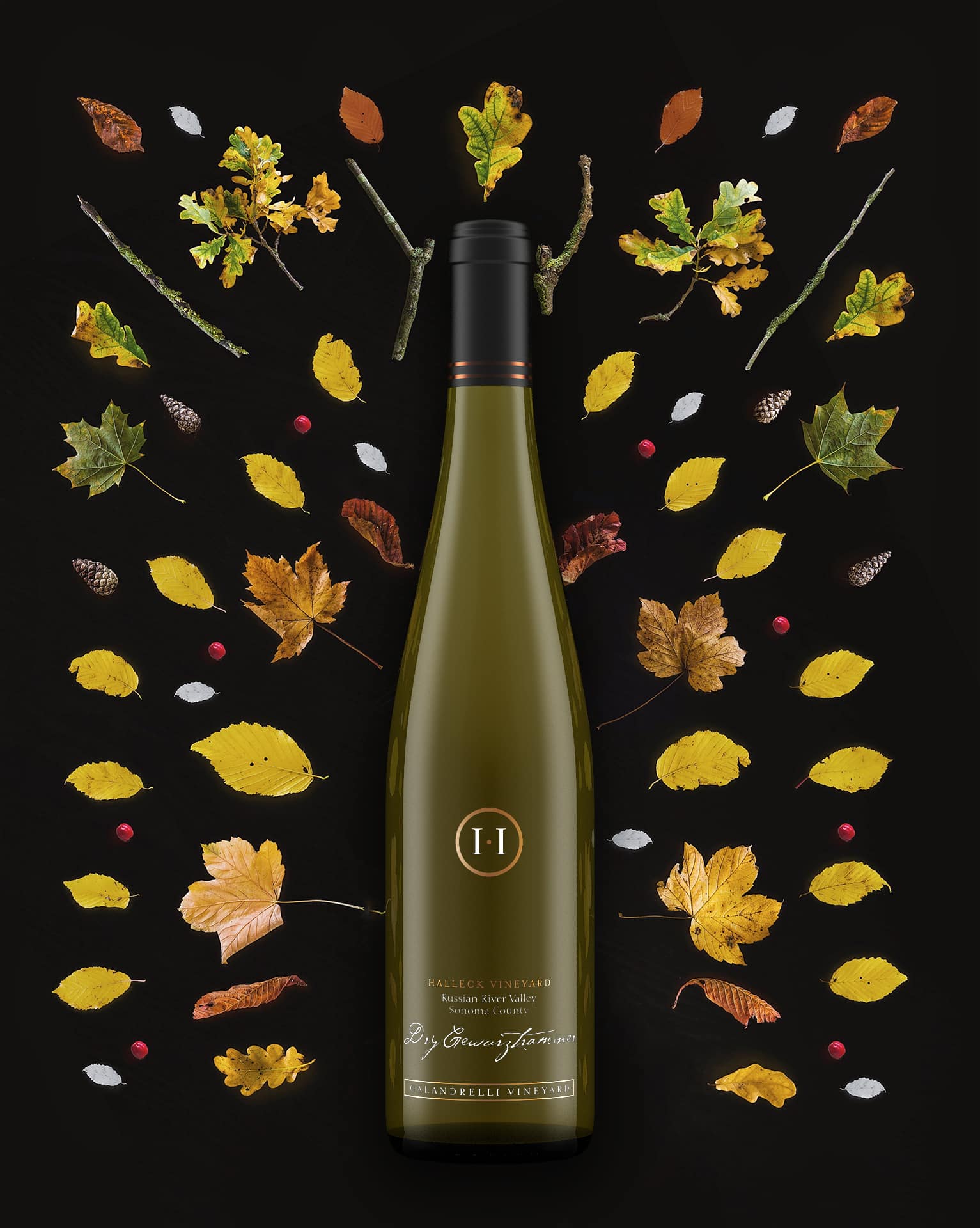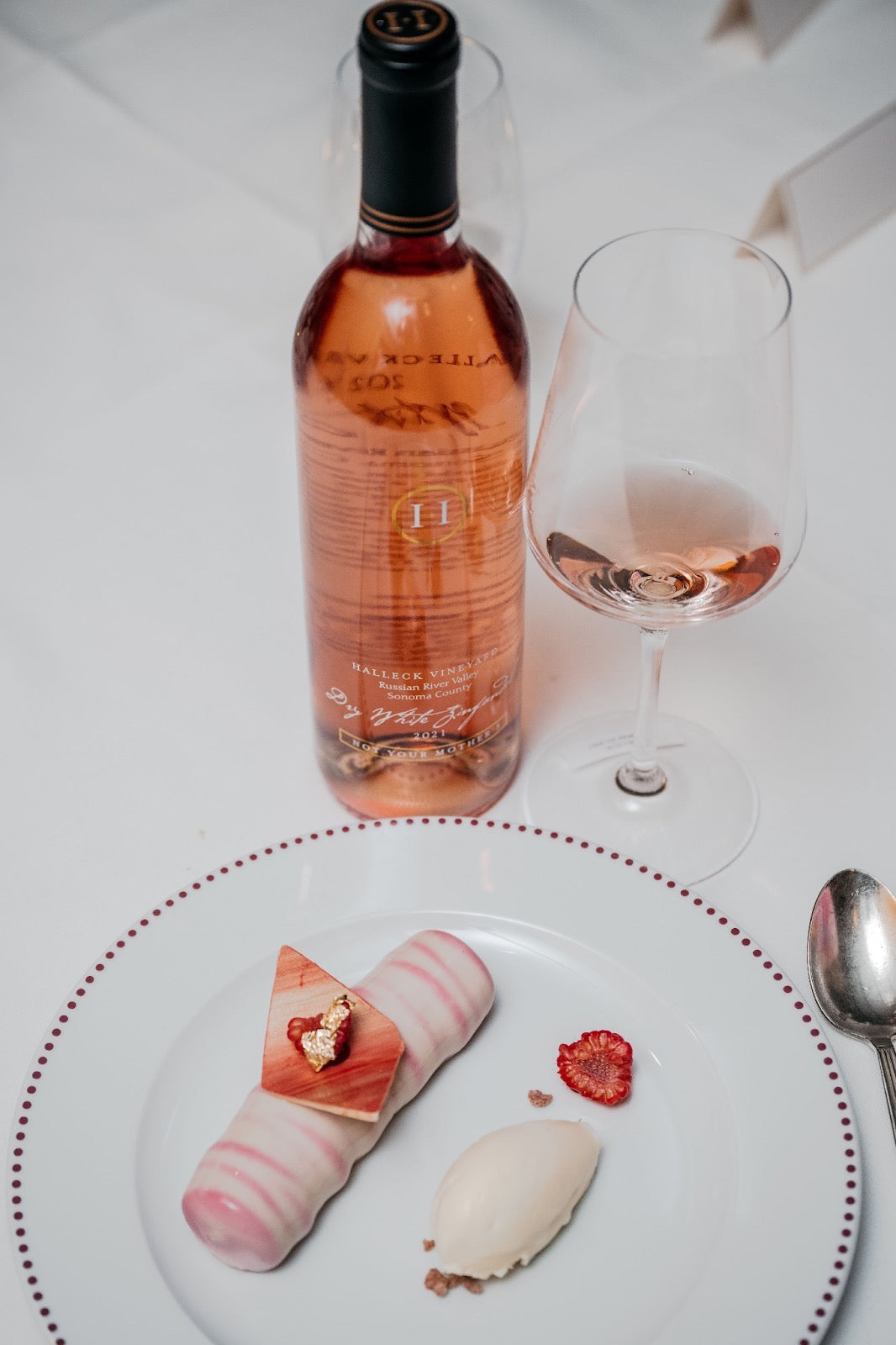Local Favorite Wineries In Sonoma - Wine Tasting In Sonoma County
Local Favorite Wineries In Sonoma - Wine Tasting In Sonoma County
Blog Article
Wineries With Scenic Views - Top Sonoma Wine Tasting Destinations
Wine tasting is an art that mixes sensory experience with an appreciation for the nuances of various varietals. How to evaluate flavors in winery wine tasting classes is pivotal to grasping the complexities of wine.
Engaging in a wine tasting involves more than merely sipping and savoring. It requires a centered method to determine aromas and flavors that every wine presents. As you begin, observe the wine's look, noting its shade and clarity. These visual cues typically recommend a wine’s age, grape selection, and even potential flavor profiles.
The subsequent step within the tasting course of is to swirl the wine in your glass. This motion releases aromatic compounds which are vital for analysis. Lean in and take a second to inhale deeply; the aromas can vary from floral and fruity to spicy and earthy. The nostril of the wine is just as necessary because the palate, and recognizing scents performs a major function in understanding the overall experience.
When taking your first sip, enable the wine to move across your palate - Quaint Wineries In Picturesque Settings In Sebastopol. Discover the preliminary flavors that present themselves. Is the wine fruity, floral, or maybe herbaceous? This initial taste gives perception into what the wine is prone to express as you proceed to judge it. The mouthfeel additionally contributes to the general flavor experience; it can be silky, tannic, or even effervescent.
Unique Wine And Food Pairings In Sonoma - Wine Tasting Activities In Sebastopol
As you proceed tasting, pay attention to the wine’s stability. A well-balanced wine will harmonize acidity, sweetness, and tannins. If one element overwhelms the others, it'd indicate a less fascinating high quality. Evaluating steadiness may help you establish how properly the wine would possibly pair with food.
Transitioning to the finish, consider how the flavors evolve because the wine lingers on your palate. A long, nice end can indicate a high-quality wine, while a short or abrupt end might recommend in any other case. Reflect on whether the flavors stay consistent or if new notes emerge as the wine settles. This development can reveal complexities and intricacies that may not have been obvious within the initial tasting.
Temperature is also a vital factor in evaluating wine flavors. Totally Different kinds of wine are optimally enjoyed at particular temperatures. White wines often shine when chilled, whereas red wines generally carry out greatest at room temperature. When tasting, make positive the wine is on the acceptable temperature to fully recognize its character.
Unique Wine Blending Experiences In Sonoma - The Beauty Of Sebastopol Wineries
Pairing food with wine can tremendously improve the tasting experience. Foods can influence the perception of flavors in wine, both highlighting certain traits or diminishing them. When evaluating flavors, consider how the wine interacts with completely different meals, noticing which flavors are amplified or muted (Wineries Featuring Vineyard Tours).
Consider the affect of terroir as you interact in a winery tasting. Terroir encompasses the distinctive environmental components that affect grape growing, including soil composition, climate, and geography. Understanding a wine's terroir can present perception into its flavors and aromas, fostering a deeper appreciation for the alternatives made throughout its cultivation and manufacturing.
Education plays a basic function in enhancing one's capacity to evaluate wine flavors. Learning about grape varieties, wine regions, and manufacturing strategies can pave the method in which for extra knowledgeable judgments during tastings. Additionally, attending workshops or classes can refine sensory skills and increase your flavor vocabulary, enabling you to articulate tasting notes more successfully.
Finally, it is essential to remember that evaluating wine flavors is a extremely personal experience. Particular Person preferences and perceptions will invariably form one’s tasting journey. Enjoyment must be on the forefront, with the analysis course of performing as a tool to reinforce understanding and appreciation quite than create inflexible pointers.
Wineries With River Views - Wineries To Visit
In conclusion, mastering how to consider flavors in winery wine tasting sessions entails a mix of sensory engagement, data, and practice. By learning to identify aromas, assess the balance, and appreciate the intricacies of flavor, wine enthusiasts can deepen their connection to each bottle they encounter. As with any art form, the more one immerses themselves within the experience, the extra they'll uncover and benefit from the vast world of wine.
- Start by observing the wine's color and readability, as these visual components can trace at its flavor profile and growing older potential.
- Swirl the wine gently in your glass; this releases aromatic compounds, allowing you to higher determine the complex scents related to the wine.
- Take a deep inhale before tasting, specializing in each primary and secondary aromas to collect insights on fruits, spices, and other nuances.
- When tasting, enable the wine to coat your palate; note the preliminary flavors, the mid-palate complexity, and the finish as these phases can provide totally different flavor highlights.
- Pay attention to texture and mouthfeel, as elements such as tannin ranges, acidity, and sweetness contribute considerably to the overall tasting experience.
- Examine flavors against commonplace wine traits; for purple wines, contemplate berry notes, oak affect, and herbal tones, whereas whites might include citrus, stone fruits, and floral hints.
- Take notes during the tasting session to trace your impressions, helping you to recollect and evaluate the different wines sampled.
- Talk About your findings with fellow tasters or winery employees, as sharing insights can enhance understanding and appreciation of particular person flavors.
- Allow time for the wine to breathe; generally, flavors evolve and reveal new dimensions after being exposed to air.
- Experiment with food pairings through the tasting as they can dramatically alter how flavors are perceived, influencing total enjoyment.undefinedWhat should I look for when evaluating the aroma of wine throughout a tasting?
Start by swirling the wine in your glass to launch its aromas. Convey the glass to your nose and take a deep breath. Pay consideration to the primary scents you detect, as these are often essentially the most outstanding. Look for fruit, floral, herbal, or earthy notes and try to establish specific traits, which is ready to deepen your understanding of the wine's complexity.
Wineries Providing Guided Vineyard Walks - Sonoma County Wine Tasting Locations

How can I distinguish between different flavor profiles in wine?
Perceive that flavor profiles are sometimes categorized as fruit, floral, herbaceous, spicy, or mineral. Take small sips and allow the wine to coat your palate. Discover the primary flavors that emerge first and the subtle notes that follow. This layering is important in distinguishing the wine's characteristics and can allow you to respect its unique profile.
Wineries Located Near Russian River Valley - Sebastopol Wine Tours And Vineyards
What is the importance of the wine's texture in a tasting?

The texture of the wine, wineries in Sebastopol also referred to as mouthfeel, plays an important function in how we perceive flavors. Pay consideration to whether the wine feels clean, creamy, or gritty. The physique of the wine (light, medium, or full) can enhance or contrast with flavors, providing a more rounded experience during tasting.
How do I assess the steadiness of flavors in wine?
Balance in wine refers back to the harmony between acidity, sweetness, tannin, and alcohol. Take a second to assess whether or not these components complement or intervene with one another. A well-balanced wine could have none of its components overpowering the others, creating a pleasing tasting experience.
Wineries With Outdoor Seating - Scenic Wineries Of Sebastopol
What function does temperature play in evaluating wine flavors?
Temperature can significantly impact the notion of flavors. Typically, pink wines are best served barely beneath room temperature, while white wines benefit from being chilled. As the temperature modifications, the aromas and flavors can shift, permitting you to understand completely different traits. It’s important to taste wine at its optimal temperature for true evaluation.
Wine Tasting Tours In Russian River Valley - Exploring Sonoma's Wine Landscape
How can I improve my tasting skills over time?
Practice is essential to enhancing your tasting skills. Innovative Wine-Making Techniques In Sonoma Valley. Attend tastings, hold a journal of your experiences, and discover several sorts of wines to broaden your palate. Moreover, studying about wine manufacturing and grape varieties can present context that enhances your analysis course of, making you a extra knowledgeable taster.
Is there a specific order in which I ought to taste the wines?
Romantic Winery Destinations In Sebastopol - Sonoma Wine Tasting Tour
Yes, try this out it’s advisable to taste wines from light to full-bodied and dry to sweet. This development prevents the stronger flavors from overshadowing the more delicate ones, allowing you to completely respect every wine's traits and nuances with out palate fatigue.
How can I consider the aftertaste of wine?
Innovative Wine-Making Techniques In Sonoma Valley - A Guide To Sonoma Wineries
The aftertaste, or finish, is a crucial side of the wine-tasting experience. After swallowing, pay attention to how long the flavors linger in your palate and whether they change. A lengthy, nice end is usually an indicator of a high-quality wine, while a brief or unpleasant end might suggest in any other case.
Why is it necessary to notice the wine’s acidity during tasting?
Acidity contributes to the overall freshness and construction of the wine. Pay consideration to the tingling sensation on your tongue; greater acidity can enhance the wine's liveliness and stability out sweetness. Noting acidity helps determine the wine's versatility with food and its getting older potential.
What ought to I do if I battle to identify specific flavors in wine?
Unique Wine Blending Experiences In Sonoma - Tasting Rooms In Sebastopol
Struggling to establish flavors is widespread, particularly for newbies. Focus on broader categories and describe what you can recognize, similar to sweet or earthy notes. With practice, studying about totally different flavor profiles, and perhaps using flavor wheels, you'll refine your senses and develop a more nuanced approach to tasting. Report this page